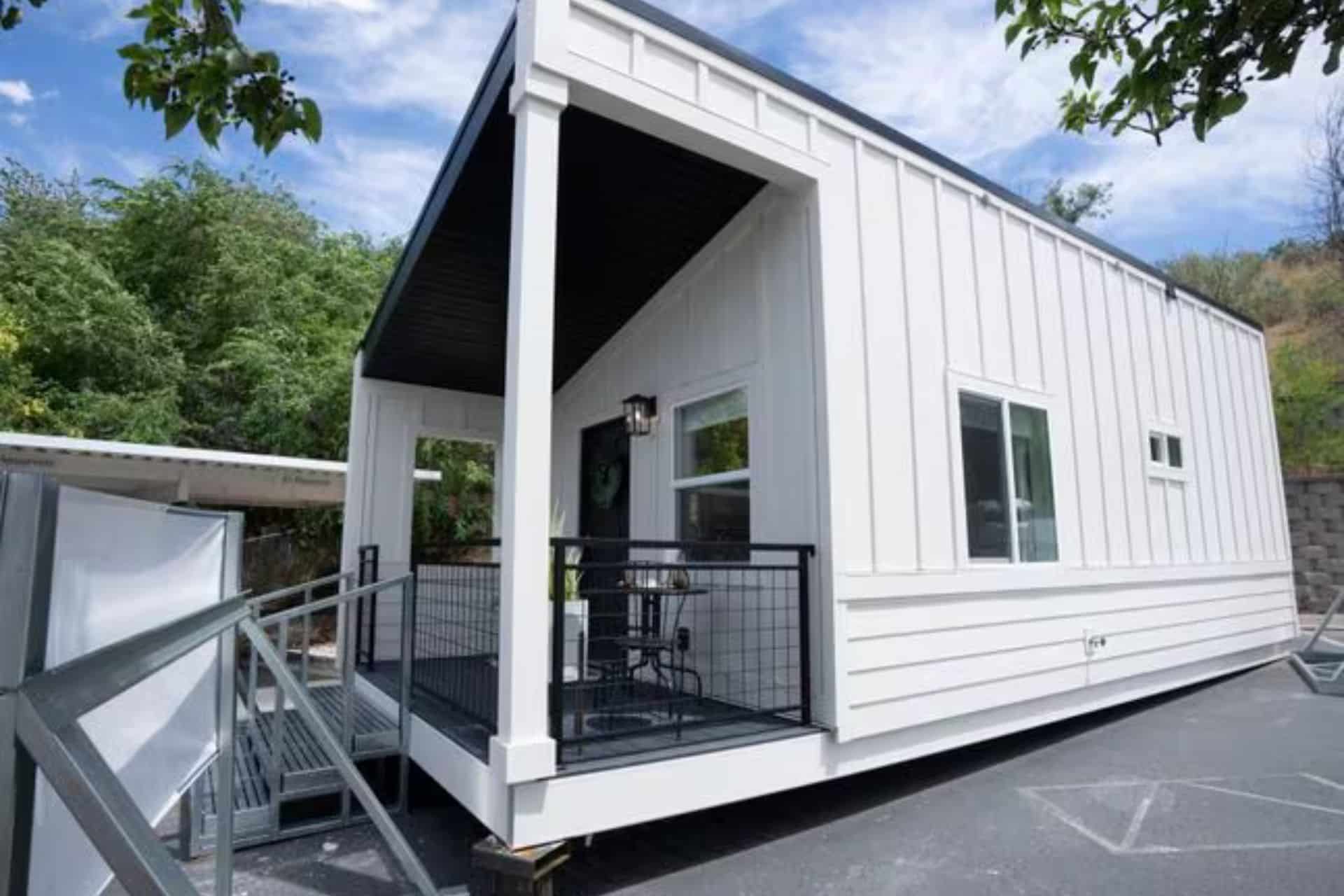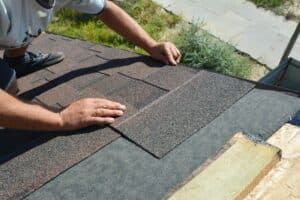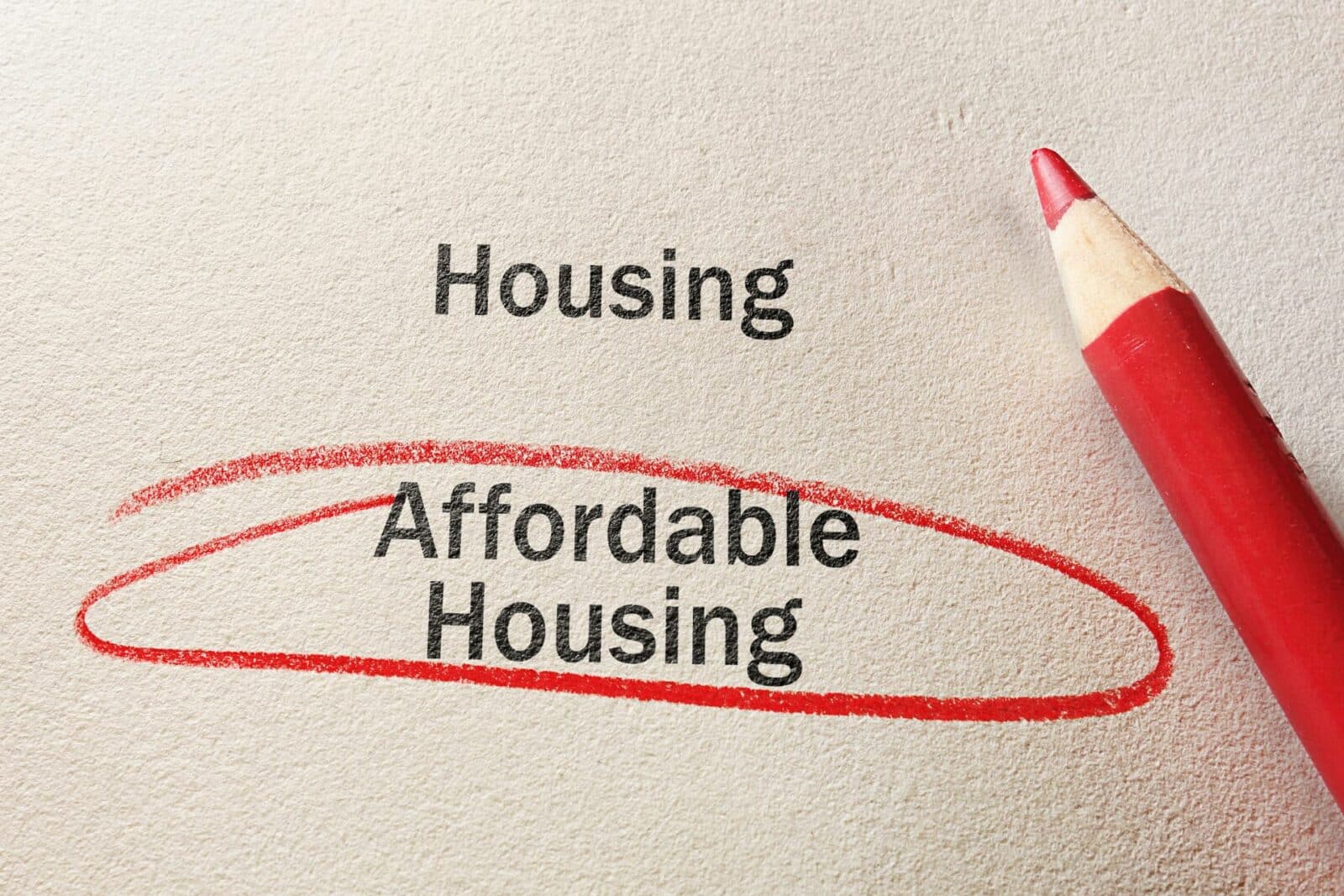Affordable Housing Incentives
Salt Lake City has ushered in a transformative era with the adoption of groundbreaking incentives aimed at addressing its acute shortage of affordable housing. The city council’s recent 6-1 vote in favor of the incentives signals a significant shift, allowing increased density in neighborhoods historically restricted to single-family homes. Here’s more on affordable housing in Salt Lake City.
Years of debate culminated in the adoption of this comprehensive package, facilitating not only infill but also the development of the elusive “missing middle” housing. Property owners are now granted the freedom to build more dwellings per acre, increase building height, and enjoy expedited reviews at City Hall. In return, they commit to ensuring that a portion of the units will be affordable for residents with lower incomes.
Despite initial resistance, the Salt Lake City Council’s decisive move is hailed as a major achievement, addressing the urgent need for affordable homes in the capital. The incentives, proposed over four years ago, are seen as a crucial step toward fostering housing diversity and inclusivity in every neighborhood.
Council members emphasized the positive impact of these incentives, aiming to debunk misconceptions around density. While acknowledging the incentives won’t singularly solve the housing affordability crisis, they are recognized as a vital stride toward creating opportunities throughout the city.

The passage of the ordinance also aligns with the city’s Thriving in Place initiative, designed to reduce displacement and gentrification on a citywide scale. The proactive measures taken by the council are lauded as a commendable response to a legacy of exclusionary housing policies.
The new incentives challenge existing zoning norms, allowing for increased unit numbers, elevated building heights, and innovative home designs. This shift extends beyond simply helping developers of affordable housing; it encourages smaller-scale infill construction within existing neighborhoods. Design guidelines for cottages and row houses are incorporated, ensuring a harmonious blend of variety and functionality.
The adoption of these incentives did not come without challenges, and the lone dissenting vote from Council Member Dan Dugan reflects the ongoing debates around housing density. While praising the overall ordinance, Dugan expressed reservations about allowing three- and four-plex dwellings in single-family zones, a sentiment echoed by some community leaders.
The city council’s commitment to addressing concerns is evident in their initiation of a new ordinance to protect existing homeowners from potential damage caused by new nearby construction. The council envisions a balanced approach, fostering mixed-income neighborhoods and promoting housing diversity without compromising the integrity of existing communities.

As Salt Lake City navigates through these changes, it remains to be seen how effectively the incentives will alleviate the immediate housing crisis. Regular reporting on property owners utilizing the incentives will provide insights into their impact. Regardless, the adoption of these incentives marks a significant milestone in the city’s journey toward a more inclusive and diverse residential landscape.
Related posts:
 Supply Skepticism: The Complex Puzzle in US Housing 2023
Supply Skepticism: The Complex Puzzle in US Housing 2023
 A Homeowner’s Ultimate Guide to Roof Installation and Repair
A Homeowner’s Ultimate Guide to Roof Installation and Repair
 UVM-Burlington Student Housing Agreement: A Collaborative Solution to Campus Housing Challenges
UVM-Burlington Student Housing Agreement: A Collaborative Solution to Campus Housing Challenges
 Understanding Redlining in Las Vegas and Its Impact on the Westside
Understanding Redlining in Las Vegas and Its Impact on the Westside
 Boomers Staying Put and Not Leaving Their Large Homes. Why?
Boomers Staying Put and Not Leaving Their Large Homes. Why?



